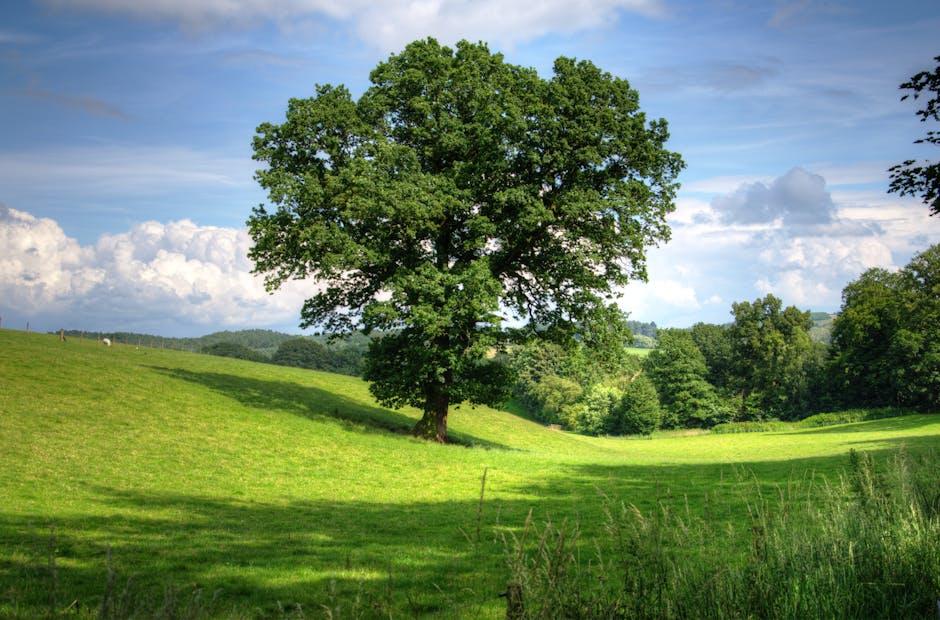Trees play a crucial role in maintaining the quality of water in our environment. From reducing erosion to filtering pollutants, the presence of trees along water bodies has a significant impact on water quality. In this article, we will explore the important relationship between trees and water quality, and how their preservation is vital for the health of our water systems.
One of the key factors in maintaining water quality is the presence of trees in urban areas. Trees play a vital role in enhancing water quality by filtering pollutants, reducing runoff, and providing habitat for beneficial microorganisms. Their deep roots help to stabilize soil and prevent erosion, which in turn helps to prevent sedimentation in water bodies. Trees also absorb excess nutrients like nitrogen and phosphorus, which can be harmful to aquatic ecosystems.
Riparian forests, which are tree-lined areas along water bodies, are especially important in maintaining water quality. These forests act as buffers, trapping pollutants before they reach the water. The roots of riparian trees help to filter out contaminants, while their canopies provide shade, maintaining optimal water temperature for aquatic life. Incorporating riparian forests into watershed protection plans is essential for preserving and enhancing water quality in urban areas.
Q&A
Q: How do trees contribute to water quality?
A: Trees help improve water quality by acting as natural filters. Their roots absorb excess nutrients and pollutants, preventing them from flowing into bodies of water.
Q: Can planting trees help improve water quality in urban areas?
A: Yes, planting trees in urban areas can help improve water quality by reducing stormwater runoff, filtering pollutants, and providing shade to cool down water temperatures.
Q: What role do forests play in maintaining clean water sources?
A: Forests play a crucial role in maintaining clean water sources by regulating water flow, absorbing and filtering pollutants, and preventing erosion that can degrade water quality.
Q: How does deforestation impact water quality?
A: Deforestation can negatively impact water quality by increasing sedimentation, nutrient runoff, and pollution in water bodies. It also reduces the ability of ecosystems to filter and purify water.
Q: Are there specific tree species that are particularly beneficial for improving water quality?
A: Riparian trees, such as willows and alders, are known to be particularly beneficial for improving water quality due to their extensive root systems that help stabilize stream banks and filter pollutants.
Q: What are some strategies for incorporating trees into water quality management plans?
A: Some strategies for incorporating trees into water quality management plans include riparian buffer zones, reforestation projects, and urban tree planting initiatives to improve water quality and protect aquatic ecosystems.
Conclusion
In conclusion, the role of trees in maintaining and improving water quality cannot be overstated. They act as natural filters, reducing pollutants, preventing erosion, and regulating water flow. By protecting and preserving our forests, we are not only securing a vital resource for our own well-being but also safeguarding the health of our ecosystems. It is essential that we continue to prioritize the preservation and restoration of tree cover in order to ensure clean and sustainable water sources for future generations. Thank you for reading and remember to appreciate the invaluable service that trees provide for our environment and water quality.
Simpsons Tree Services, Servicing Melbourne’s North Eastern Suburbs
Book a quote online at www.simpsonstrees.com.au




